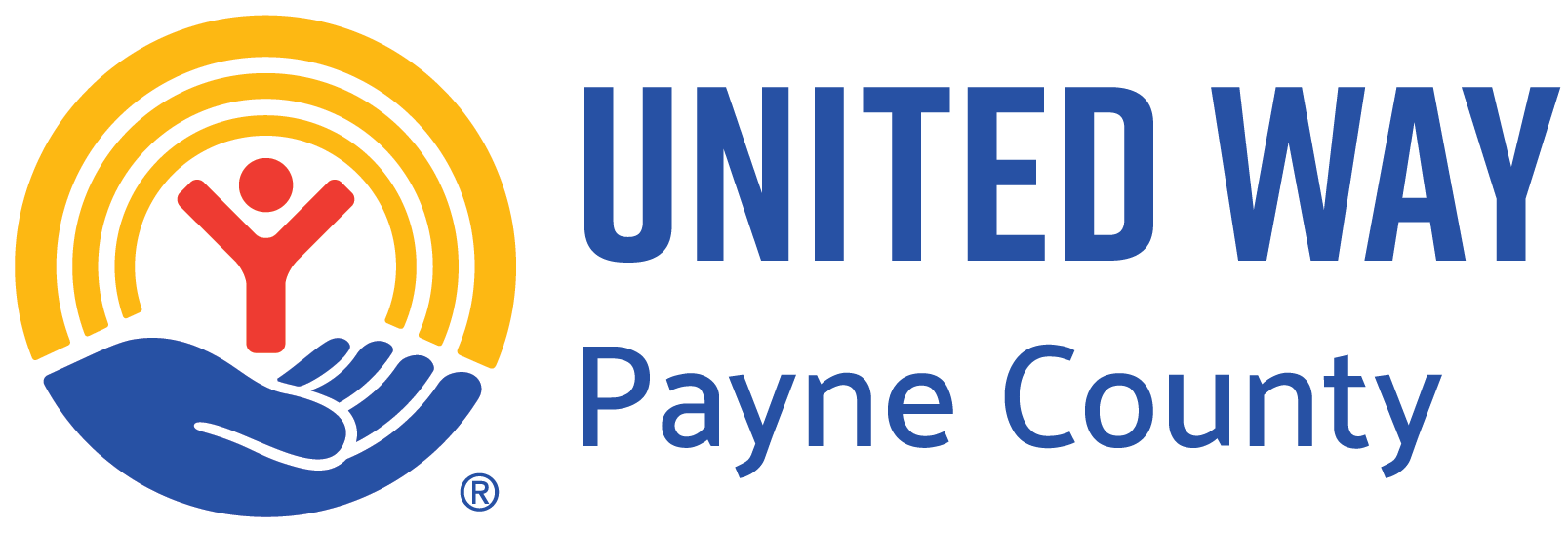
Nearly Half of Oklahoma’s 1.6 Million Households Struggled to Afford Basics in 2023
NOTE: To read the “ALICE in Oklahoma: A Study of Financial Hardship” report and find county-by-county and town-level data on the size and demographics of ALICE in Oklahoma as well as the community conditions and costs faced by ALICE households, visit okforalice.org.
Stillwater, OK – Almost half of Oklahoma’s 1.6 million households struggled to pay for basic needs in 2023, according to the “ALICE in Oklahoma: A Study of Financial Hardship” report released today by United Way of Payne County alongside Tulsa Area United Way.
A household is defined as everyone living together in one home, from a single person to a family. More than 700,000 households fell short of the income needed to cover essentials such as housing, food, and transportation, according to the “ALICE in Oklahoma” report.
ALICE stands for Asset Limited, Income Constrained, Employed. ALICE households earn more than the official Federal Poverty Level, but less than the cost of basics such as housing, childcare, food, transportation, health care, technology and taxes.
The report is the most comprehensive depiction of financial need in the state to date, using the latest data from a variety of sources, including the U.S. Census. It unveils new measures, based on 2023 income levels and expenses, that quantify how many Oklahoma households are struggling financially, and why.
The ALICE in Oklahoma report was released in partnership with United for ALICE, which leads a grassroots movement of United Ways, corporations, nonprofits and foundations in more than half the United States, all using the same methodology to document financial need.
ALICE in Oklahoma Report Highlights
- ALICE (Asset Limited, Income Constrained, Employed) refers to individuals and households with income above the federal poverty level but below what is needed to afford household basics.
- Of Oklahoma's 1.6 million households in 2023, 16% earned below the Federal Poverty Level (FPL), and 29% were ALICE — households that earned above the FPL, but not enough to afford the ALICE Household Survival Budget for their household composition and location. Combining these two groups, 45% of households in Oklahoma were below the ALICE Threshold.
- One in two Oklahoma households struggled to afford basics in 2023.
- Economically struggling households are growing faster than households overall in Oklahoma: 22 percent vs. 10 percent growth between 2010 and 2023.
- A little over 700,000 Oklahoma households live below the ALICE threshold.
- In Payne County, more than 8,400 households live below the ALICE threshold. 51 percent of all households are above the ALICE threshold: 23 percent are ALICE, and 26 percent are in poverty.
- Not all Oklahomans have the same access to resources and opportunities, sometimes due to where they live, resource deserts, or other factors.
“We all know ALICE,” said Alison Anthony, president and CEO of Tulsa Area United Way. “They are the recent graduate who can’t afford an apartment, the young parents squeezed by childcare, the mid-career professional stuck in a job that doesn’t pay enough. These neighbors keep our economy moving, yet barriers outside their control block their path to financial stability. That’s why Tulsa Area United Way and our nonprofit partners are leaning into solutions that support families today and open doors for tomorrow. Whether it’s safe and stable housing, job training, or making sure kids graduate ready for careers or college, our goal is to be both the safety net when people fall short and the bridge that helps them move forward.”
Amber Guipttons is the Director of the Office of Financial Empowerment and Community Wealth for the City of Tulsa. She is also a member of the statewide United for ALICE in Oklahoma Research Advisory Committee.
Guipttons said, “The ALICE framework gives language and data to what we see every day, families who work hard but still can’t get ahead. By uncovering those hidden struggles, we can design smarter programs, target resources, and bring partners together to create lasting change for working households.”
The ALICE Report for Oklahoma was funded in part by Oklahoma for ALICE sponsors Telligen Community Initiative, Blue Cross and Blue Shield of Oklahoma and JPMorganChase.
For more information or to find data about ALICE in Oklahoma, visit okforalice.org.
About United Way of Payne County
United Way of Payne County unites people and resources to improve lives and build stronger communities. We mobilize individuals and organizations to take action, ensuring everyone has the opportunity to flourish and thrive. By taking a comprehensive approach to community challenges, we actively listen and respond to local needs. Our presence across Payne County enables us to share innovations and scale our impact. For more information, visit unitedwaypaynecounty.org.
About United For ALICE
United For ALICE is a U.S. research organization driving innovation, research and action to improve life across the country for ALICE (Asset Limited, Income Constrained, Employed) and for all. Through the development of the ALICE measurements, a comprehensive, unbiased picture of financial hardship has emerged. Harnessing this data and research on the mismatch between low-paying jobs and the cost of survival, ALICE partners convene, advocate and collaborate on solutions that promote financial stability at local, state and national levels. This grassroots ALICE movement, led by United Way of Northern New Jersey, has spread to 37 states and includes United Ways, corporations, nonprofits and foundations in Alabama, Arkansas, Colorado, Connecticut, Delaware, Florida, Georgia, Hawaii, Idaho, Illinois, Indiana, Iowa, Kansas, Kentucky, Louisiana, Maine, Maryland, Michigan, Minnesota, Mississippi, Missouri, Nebraska, New Jersey, New Mexico, New York, North Carolina, Ohio, Oklahoma, Oregon, Pennsylvania, South Carolina, Tennessee, Texas, Virginia, Washington, Washington, D.C., West Virginia and Wisconsin. For more information, visit: UnitedForALICE.org.
